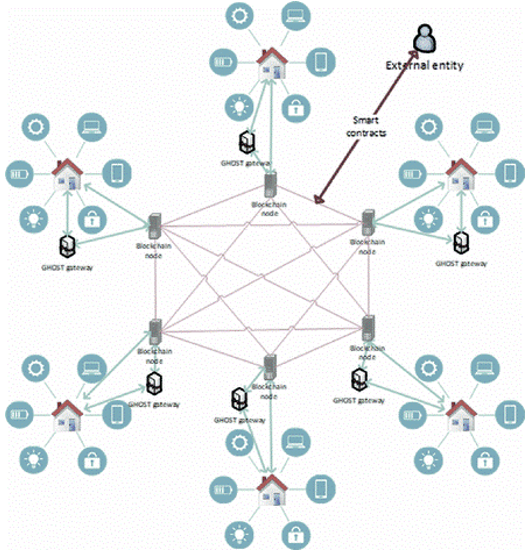Block Chain Based Automated Multiresolution Channel Allocation of IoT
Main Article Content
Abstract
This research includes the growing popularity of the Internet of Things (IoT) in recent years. Internet of Things (IoT) security and privacy remain a major challenge, mainly due to IoT networks' massive scale and distributed nature. Blockchain-based approaches provide decentralized security and privacy, yet they involve significant energy, delay, and computational overhead unsuitable for most resource-constrained IoT devices. The Internet of Things is a real-time application for high data rates, and blockchain technology is real-time data storage technology. It is an effective way to transfer data from the communication node to the system in the IoT network using blockchain technology, the most recent each IoT node discovers and adjusts for better communication. It is necessary to have the confidence to integrate/maximize the channel's output of the wireless sensor networks' features. The change can be implemented. However, from time to time the channel for the information does not learn to transmit to the protocol. Changing the channel characteristics in these networks like IoTs for achieving and increasing the data transmission and network throughput of wireless sensor networks. Therefore, this research recommends a completely computerized nature-understanding and by-origin procedure designed which may completely automate data transfer communication between multiusers by completely applying channel time spectral and time attributes of wireless network and store the data through blockchain technology then fetch data from any node when you want. For this purpose, designed Protocol channel swapping, data storage from time to time through blockchain technology, and following the shortest path for communication. The planned designed protocol of this WSN is rare as it is understanding and proposed the issue to maximize the WSN intensity established upon the WSN network metrics. This network also permits every node inside that IoT to regularly identify the adjoining network station characteristics so that they will exchange networks which means swapping adjoining channels to realize maximum data transfer.
Downloads
Article Details

This work is licensed under a Creative Commons Attribution 4.0 International License.





